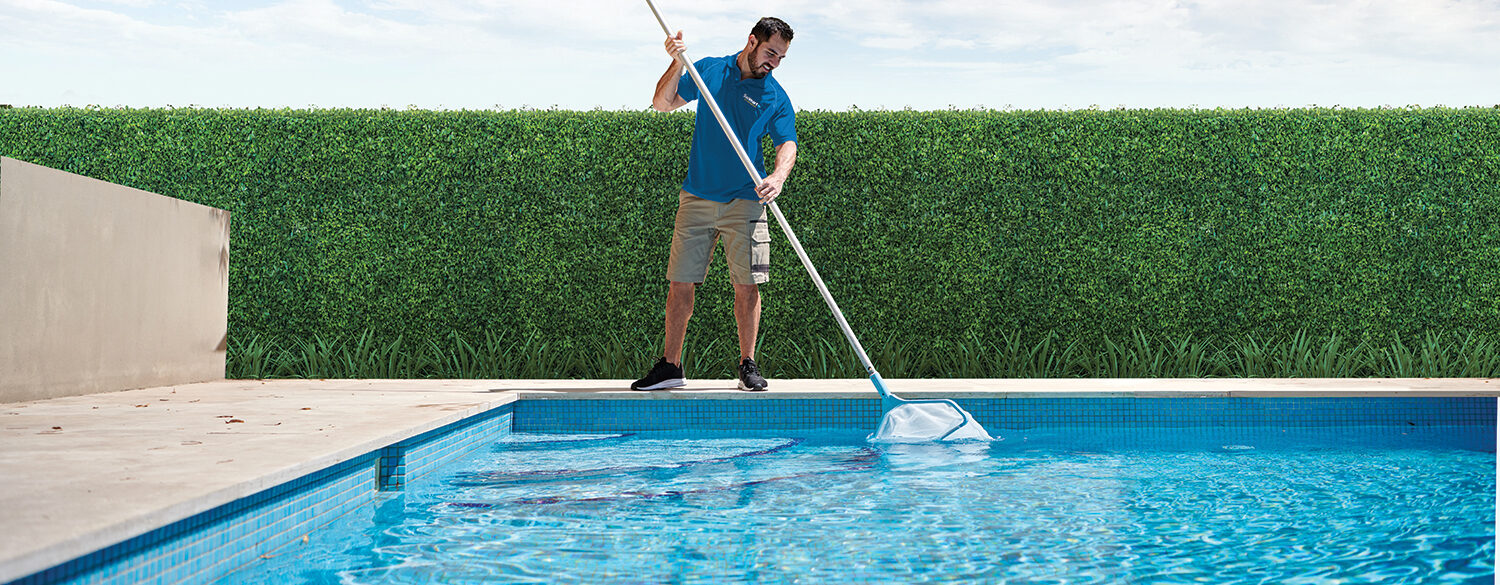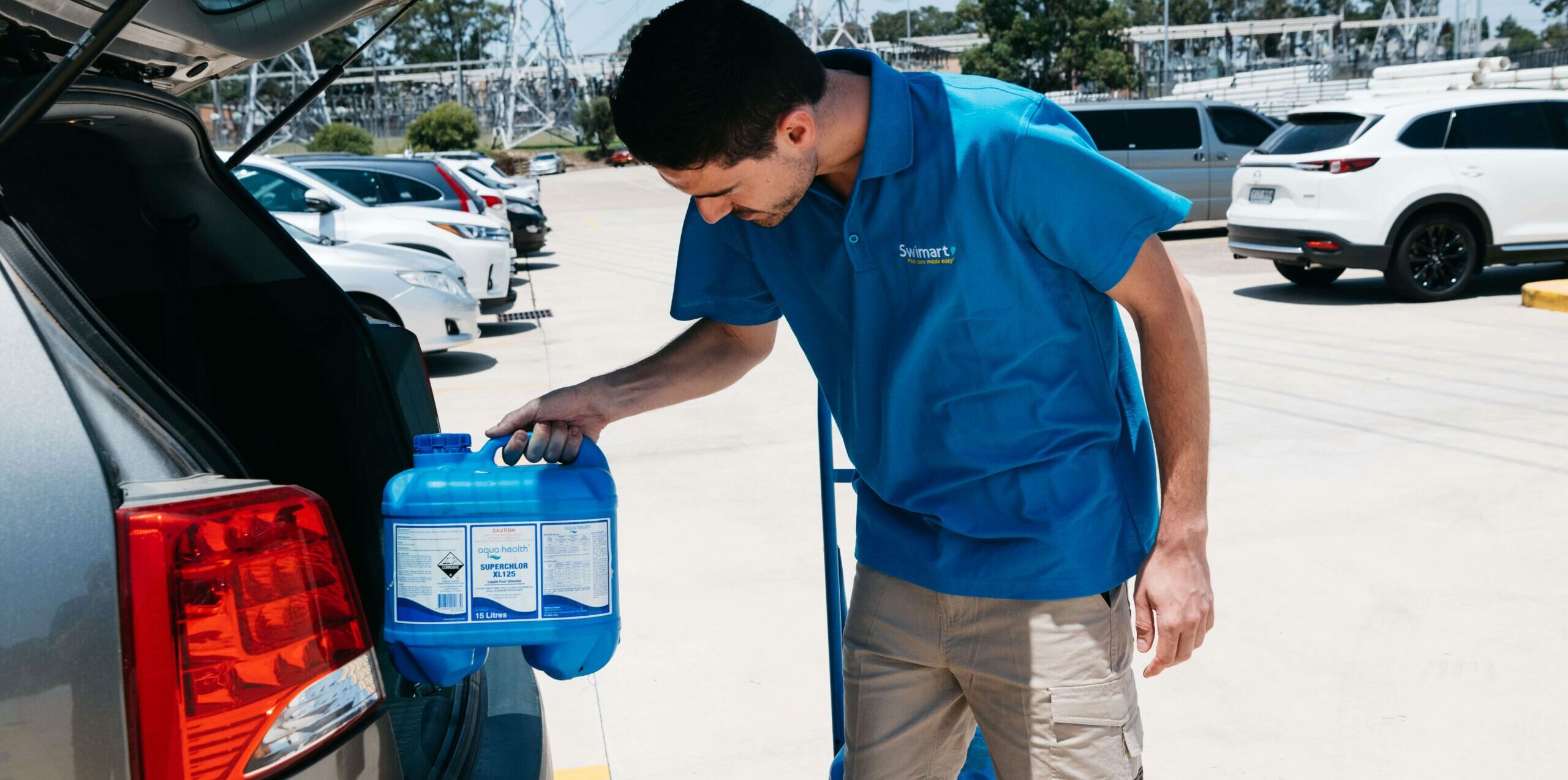General
6 Things Polluting Your Pool
17 June 2014
6 Things Polluting Your Pool Everyone wants to keep their pool looking crystal clear and clean; however sometimes this is easier said than done. The environment your backyard pool resides in can contain a lot of pollutants that have a negative effect on your pool’s chemistry. Here’s our list of the most common things that […]
6 Things Polluting Your Pool
Everyone wants to keep their pool looking crystal clear and clean; however sometimes this is easier said than done. The environment your backyard pool resides in can contain a lot of pollutants that have a negative effect on your pool’s chemistry.
Here's our list of the most common things that can dirty your pool and cause pH or mineral imbalances.
Organic litter and dirt
Leaves, branches, dirt, dead bugs and other environmental debris comes with the territory when you have a backyard pool. Using a pool cover when you aren’t using your pool can keep larger bits such as twigs and leaves out, whilst maintaining your filtration system can ensure it will continue to filter out dirt effectively.
Swimmers and pets
Dirt, bacteria, hair, cosmetics and sunscreen can all wash off swimmers into the water, sometimes causing a cloudy appearance (especially if there are lots of swimmers in the pool at once!). Pets can also bring in lots of dirt. Try to keep your pets out of the water if you can, and encourage swimmers to wash off make up and excess dirt before jumping in.
Rain and storms
Naturally acidic, rain water can lower the pH of your pool water, particular after very heavy rain. Unfortunately there’s not really much you can do about this problem; all you can do is monitor the pH of your pool water regularly, and make sure you check it after a storm or heavy rain.
Source water
Sometimes the source water you use to refill your pool can contain higher levels of one mineral than others, resulting in an imbalance. Bore water can introduce a great deal of iron, while some other sources can deposit calcium into your pool water. If imbalances seem to occur straight after you refill your pool, it might be an idea to test your source water for high concentrations of minerals.
Chemicals
Some pool chemicals can contain minerals such as calcium that can add to deposits already in your pool. They can even contain nasty phosphates, which feed the growth of algae. If you suspect your pool chemicals might be to blame, check the contents with your local Swimart to make sure you aren’t making an existing problem worse.
Airborne pollutants
Believe it or not, chemicals from your surroundings can be carried into your pool by the wind. Think pesticides or fertilisers on your neighbours’ gardens, or smoke in the air from fireplaces or BBQs. These things can combine with the chemicals already in your pool and create issues, or can settle in the bottom of your pool and feed algae growth.
Fix it!
If you believe you are experiencing an imbalance of some kind, take a sample of your pool water down to your local Swimart. Our in store testing system can diagnose all sorts of problems, plus our knowledgeable staff can recommend products that will correct any problems.
Other articles in this edition:
Make The Change To Save Money And Energy
Pool Trends...What's In Demand
The Key To A Clean, Healthy Pool
Cool Pools From Around The World


 AUS
AUS NZ
NZ 


